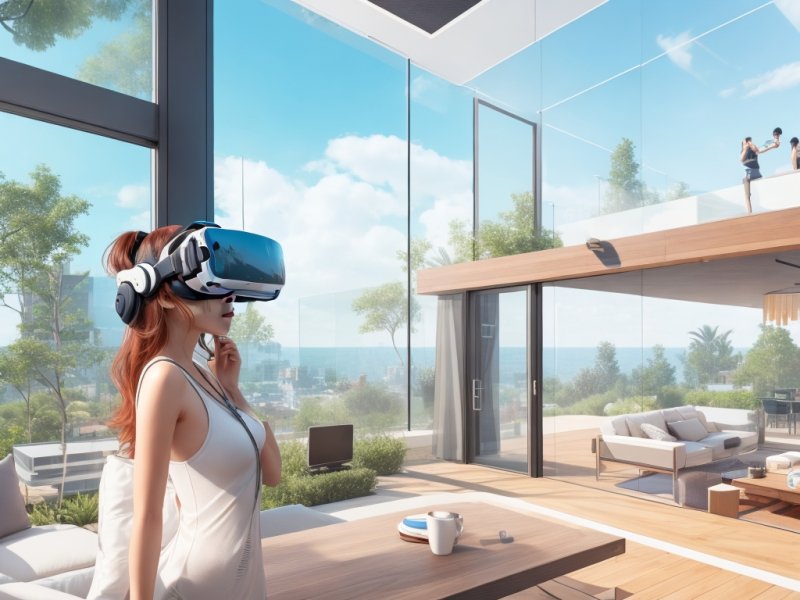
In the fast-paced world of technology, advancements have become the driving force behind various industries, and architecture is no exception. The integration of Virtual Reality (VR) and Augmented Reality (AR) has emerged as a groundbreaking trend in residential architecture, transforming the way we design, visualize, and experience our dream homes. In this blog, we will explore how these immersive technologies are reshaping the landscape of residential architecture, providing architects, homeowners, and buyers with unprecedented opportunities to bring their visions to life.
VR technology offers architects and homeowners a powerful tool to virtually step into a future home. With the aid of VR headsets, potential buyers can "walk through" their dream properties before construction even begins. This level of immersion provides an unparalleled understanding of spatial design, helping individuals make more informed decisions and ensuring that the end product matches their expectations.
Moreover, architects can showcase their designs with interactive features, allowing clients to customize elements like furniture, finishes, and lighting. This interactive approach fosters a collaborative relationship between architects and homeowners, resulting in homes that are truly tailor-made.
Gone are the days of relying solely on blueprints and 2D models to communicate design ideas. AR technology takes design visualization to a whole new level by overlaying virtual elements onto the real world. This enables architects to superimpose proposed changes and additions directly onto the existing structure during on-site visits.
AR empowers homeowners to envision design concepts more effectively, making it easier to understand how the new renovation will blend with the current space. This level of clarity reduces the likelihood of miscommunication and errors, resulting in smoother projects and ultimately, greater client satisfaction.
One of the most significant challenges in residential architecture is bridging the gap between abstract concepts and tangible construction plans. VR and AR technologies are increasingly streamlining this process. Through VR simulations, architects can identify potential design flaws, adjust layouts, and optimize building performance before a single brick is laid.
AR, on the other hand, assists contractors and construction teams on-site. By providing real-time data, such as measurements and material specifications, AR simplifies complex tasks and minimizes human error. This not only accelerates the construction process but also contributes to cost savings, making architectural projects more efficient and economically viable.
The integration of VR and AR in residential architecture has also fueled the push for sustainable design practices. By visualizing the impact of different design choices, homeowners and architects can better understand the environmental consequences of their decisions. This newfound awareness encourages the adoption of eco-friendly materials, energy-efficient solutions, and smart home technologies.
In turn, these sustainable design choices not only benefit the environment but also enhance the overall living experience for residents. Reduced energy consumption, improved indoor air quality, and optimized natural lighting all contribute to a greener, healthier, and more sustainable home.
As the world of technology continues to advance, the incorporation of Virtual Reality and Augmented Reality in residential architecture marks a defining moment in the industry. These immersive technologies offer an unparalleled level of engagement and understanding for architects, homeowners, and buyers alike. From envisioning a dream home to optimizing construction processes and advocating for sustainability, VR and AR have become essential tools in shaping the future of residential architecture.
By embracing these innovative technologies, architects can transform abstract ideas into concrete realities, delivering unique and personalized homes that truly resonate with their occupants. The integration of VR and AR in residential architecture is more than just a trend; it is a transformative force driving the industry into a new era of design, collaboration, and sustainable living.
Embrace the future of residential architecture by exploring the limitless possibilities offered by Virtual Reality and Augmented Reality – your dream home awaits!
Share This News